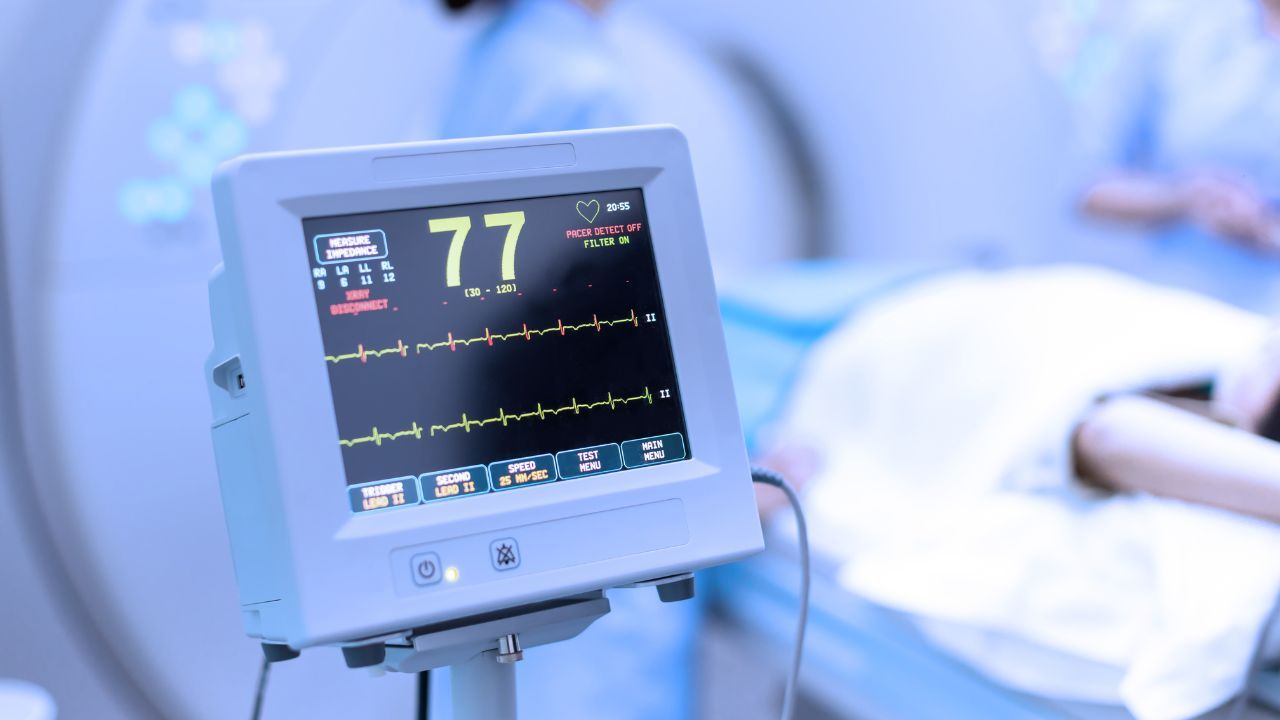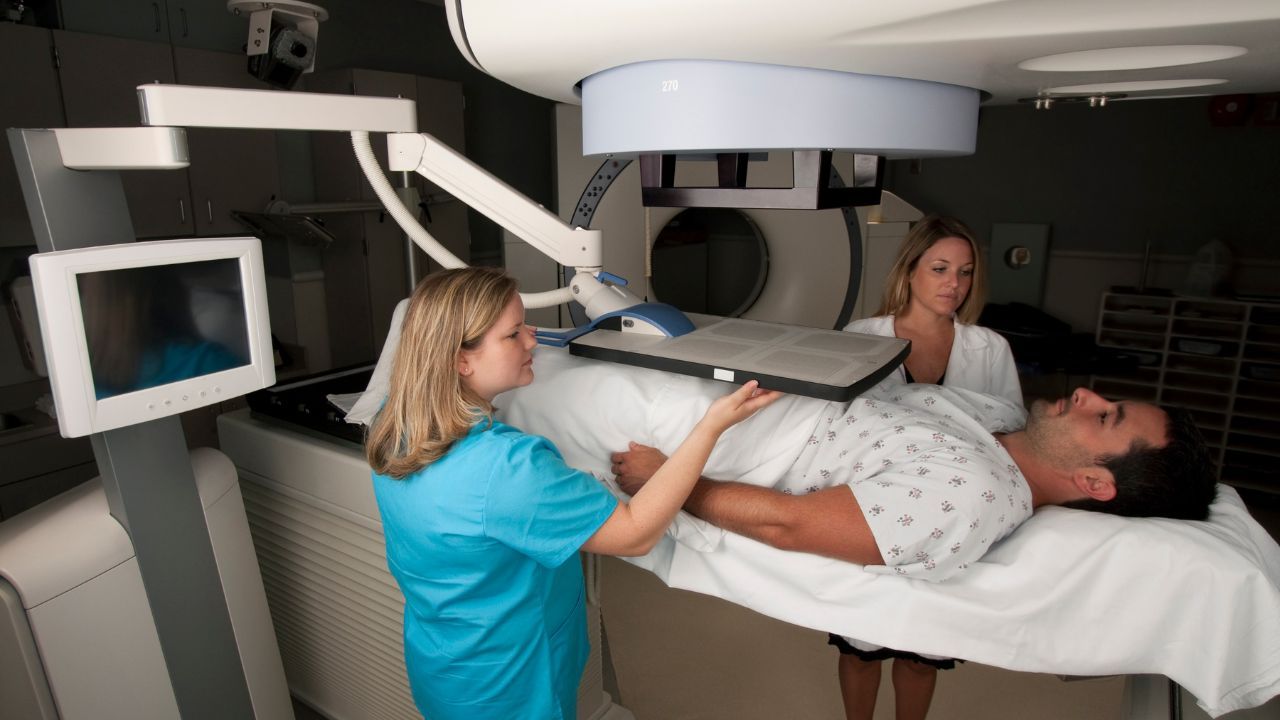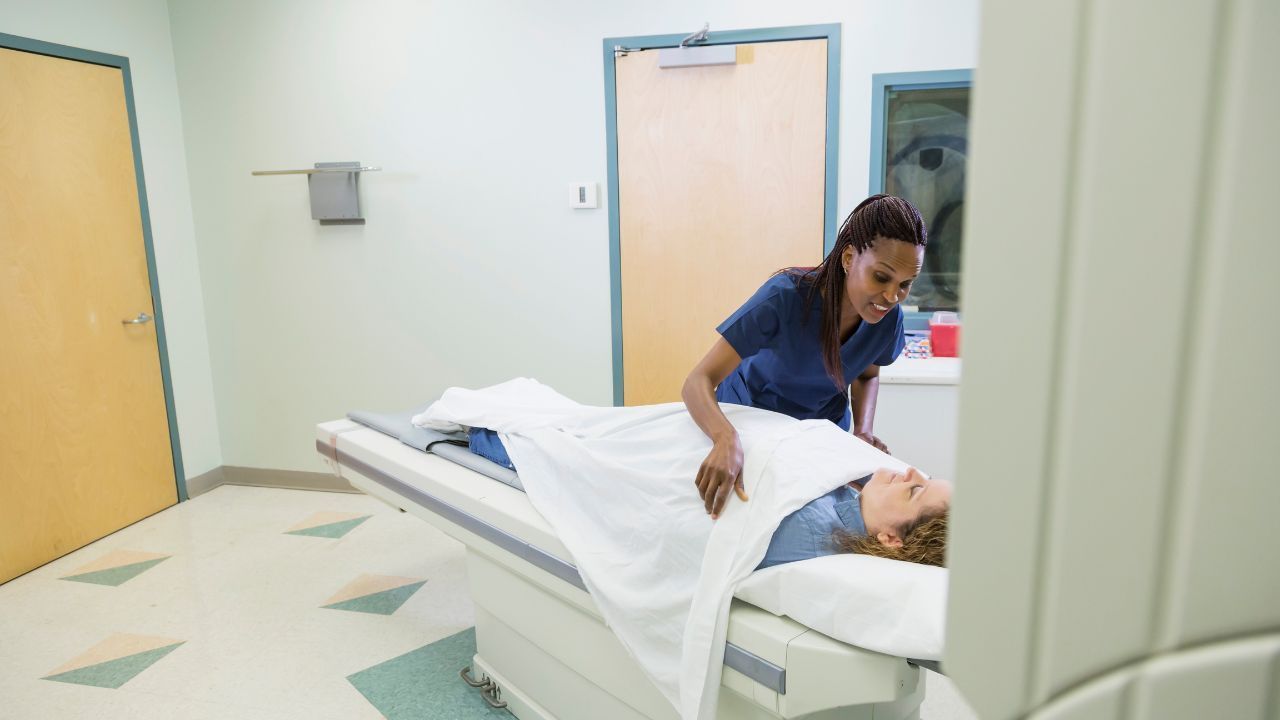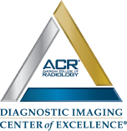Blog and News

MRI or Mammogram: Which Is Better?

A recent article appeared in the Chicago Tribune regarding using an MRI rather than a mammogram to detect breast cancer. The question was whether the MRI would catch the disease earlier.
Mammograms aren’t perfect: they do use low doses of radiation to image the breast and they can miss some tumors. Magnetic Resonance Imaging (MRI) is known to be more sensitive than mammography at detecting nearly all invasive cancers and a majority of in-situ (noninvasive) cancers. It certainly can find some tumors that mammography misses. And since MR uses a magnet to image the breast, it does not involve any radiation exposure.
The American Cancer Society recently recommended that any woman with a greater than 20-25% lifetime risk for breast cancer should consider undergoing screening with both mammography and breast MRI. This was based on the results of a recent study reported in the New England Journal of Medicine finding that of the 969 women who had already been diagnosed with cancer in one breast, the study found that in 3.1 percent of these women, MRI found cancer in the other breast that didn’t show up yet on mammogram.
Although MR is more sensitive than mammography, there can be false positives with this technology which could lead to follow-up imaging and/or biopsies, revealing benign changes in the end. Since some of these false positives are related to normal hormonal fluctuations, it is important to perform this study at the correct time of the menstrual cycle.
Yet, it is important for women to be aware that although MRI is not a perfect test, it does offer the advantage of finding cancers, often earlier than mammography. But MR does not replace mammographic screening – it is complementary.
The truth is, for most, a mammogram works as well as a screening test for breast cancer.
Fox Valley Imaging now offers mammograms as one of the diagnostic tests we perform at our facility. Whether a mammogram or breast MRI, please consider us for your diagnostic needs.
Recent Posts




Services
Contact Details
Address: 1971 Gowdey Road,
Naperville, IL 60563
Phone: 630-416-1300
Fax:
630-416-1511
Email: info@foxvalleyimaging.com
© Copyright 2023 Fox Valley Imaging, Inc..


